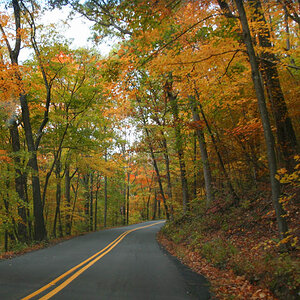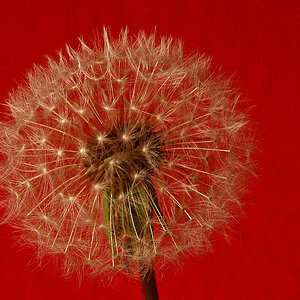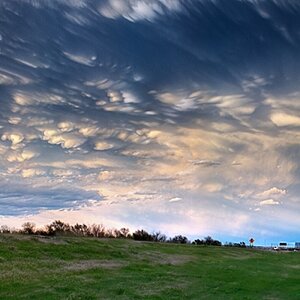Slaphead
TPF Noob!
- Joined
- Apr 28, 2008
- Messages
- 399
- Reaction score
- 2
- Location
- Zürich, Switzerland
- Can others edit my Photos
- Photos NOT OK to edit
We all know about the megapixel marketing myth but is there a point at which further increases in megapixels are, for all intents and purposes, pointless. Have we already reached that point?
A few years ago when digital photography was only just becoming usable for professional applications, I was speaking to a photographer (a client of mine) about digital photography in general, and naturally the subject of megapixels came up. He said to me "that once we've reached 13Mp that will probably be all that's required. Above that size we'll start to need better and better lenses to take advantage of the increased resolution and also the files sizes would become unmanageable"
Of course this is a few years ago and computer tech, especially storage space, has come on significantly, so the unmanageable file size problem has all but vanished. But the question still remains. Do we actually need more than 13Mp? And how good would todays top of the line lenses (general production, not one off specialist lenses) be with say 30Mp or 100Mp?
Cheers
A few years ago when digital photography was only just becoming usable for professional applications, I was speaking to a photographer (a client of mine) about digital photography in general, and naturally the subject of megapixels came up. He said to me "that once we've reached 13Mp that will probably be all that's required. Above that size we'll start to need better and better lenses to take advantage of the increased resolution and also the files sizes would become unmanageable"
Of course this is a few years ago and computer tech, especially storage space, has come on significantly, so the unmanageable file size problem has all but vanished. But the question still remains. Do we actually need more than 13Mp? And how good would todays top of the line lenses (general production, not one off specialist lenses) be with say 30Mp or 100Mp?
Cheers




![[No title]](/data/xfmg/thumbnail/34/34343-b06994e286a2089b404358d95c37eaf0.jpg?1619736378)
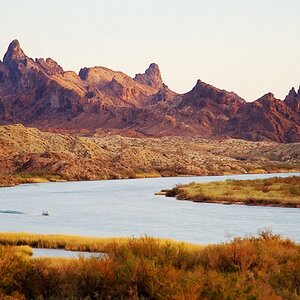
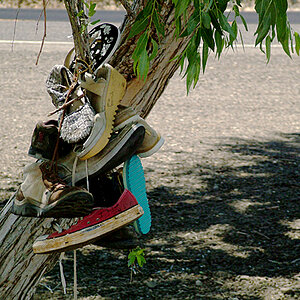
![[No title]](/data/xfmg/thumbnail/34/34344-0b42e0e92ad436e6710a1b9c4585d6df.jpg?1619736379)

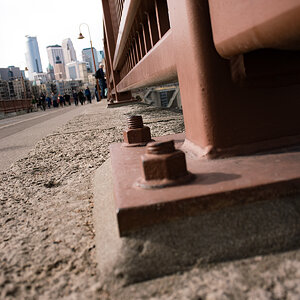
![[No title]](/data/xfmg/thumbnail/34/34345-5642c495cae8d6c7bb83c28664146cf1.jpg?1619736381)

